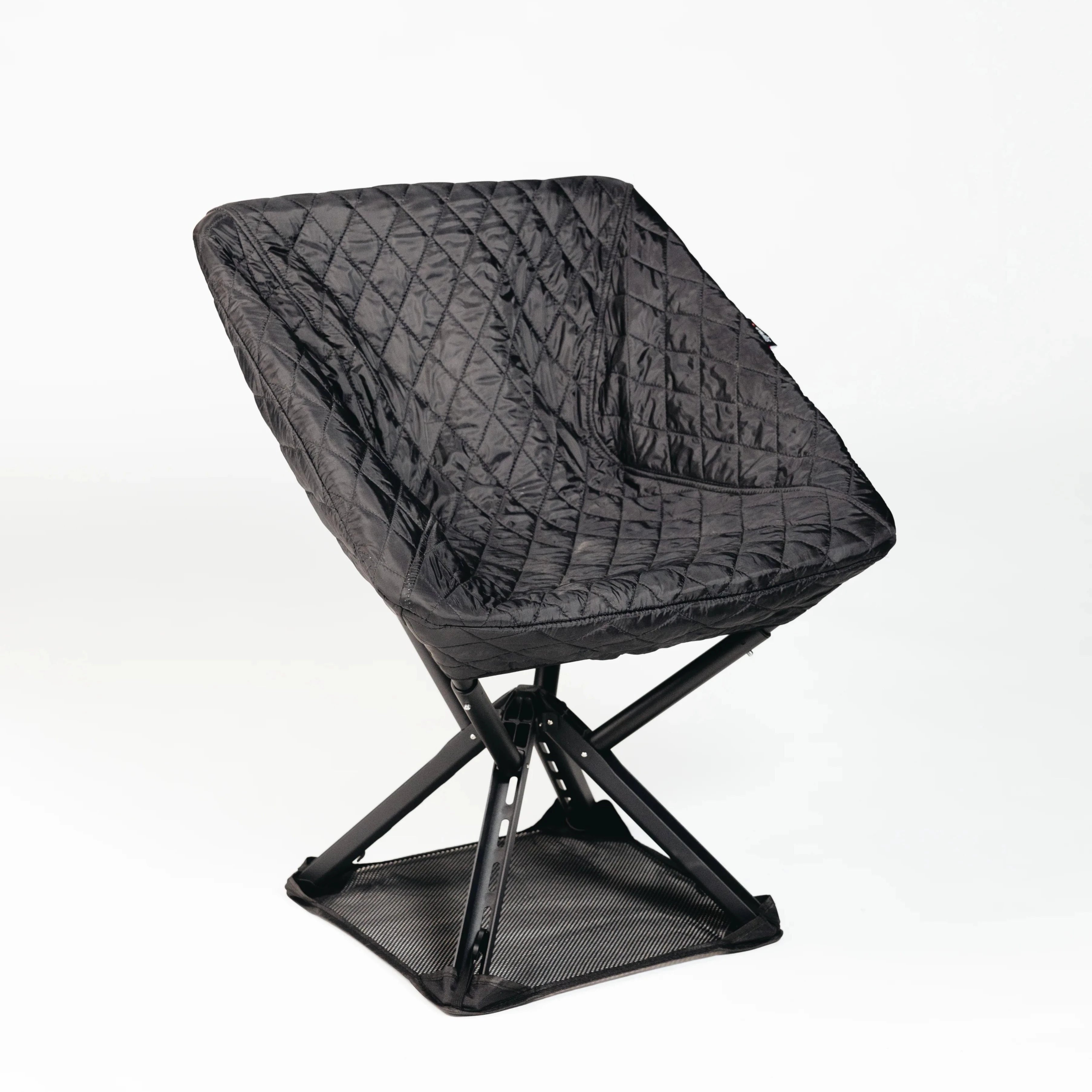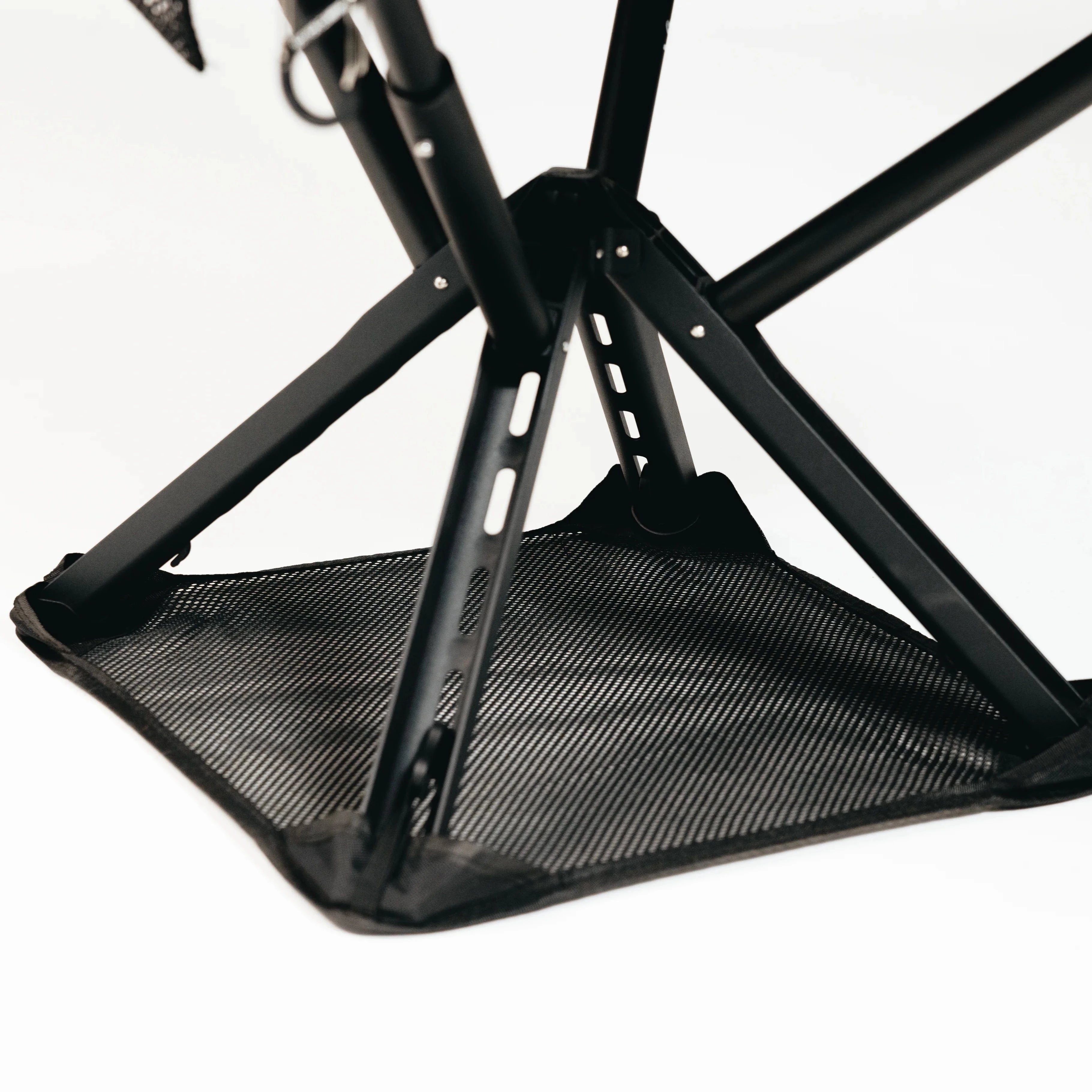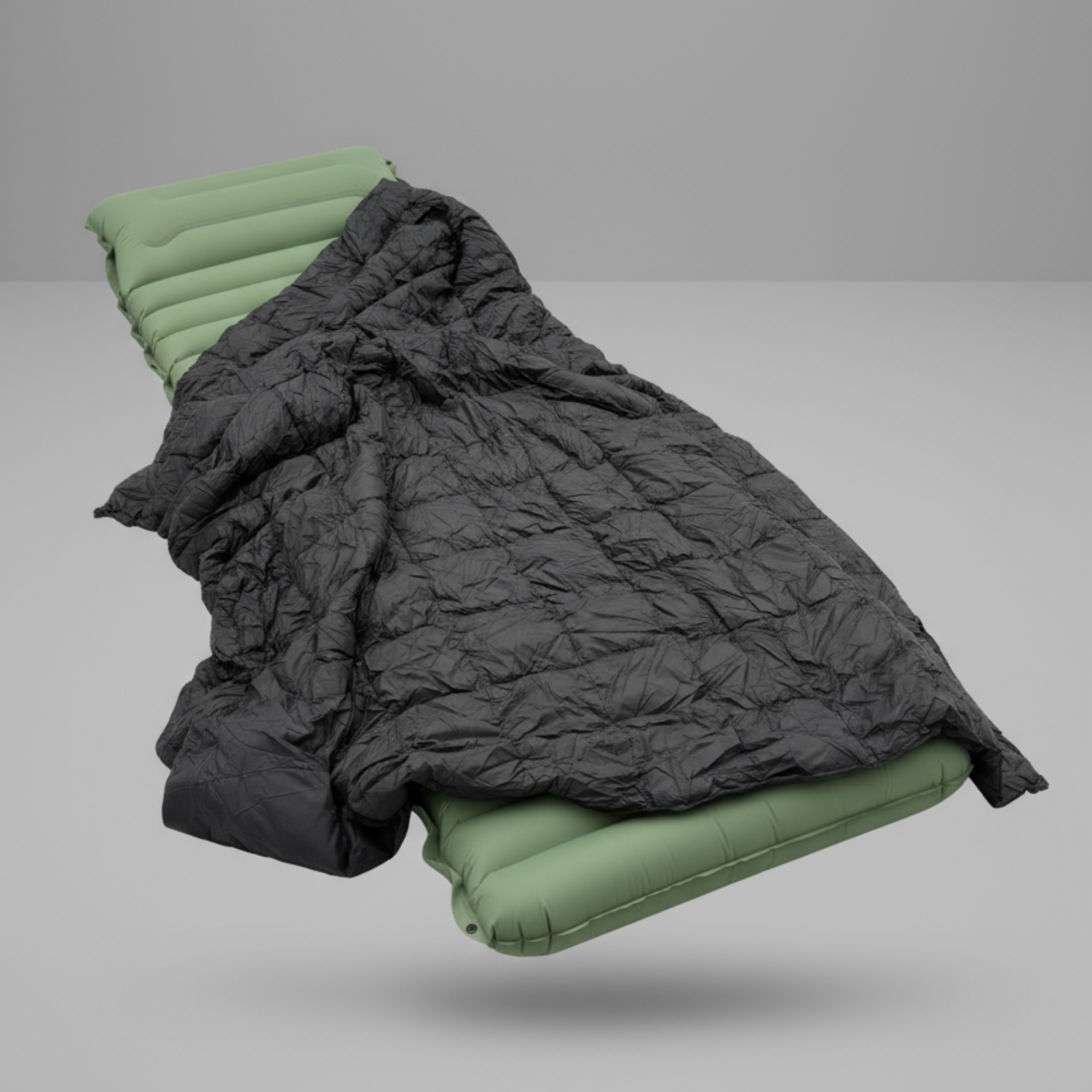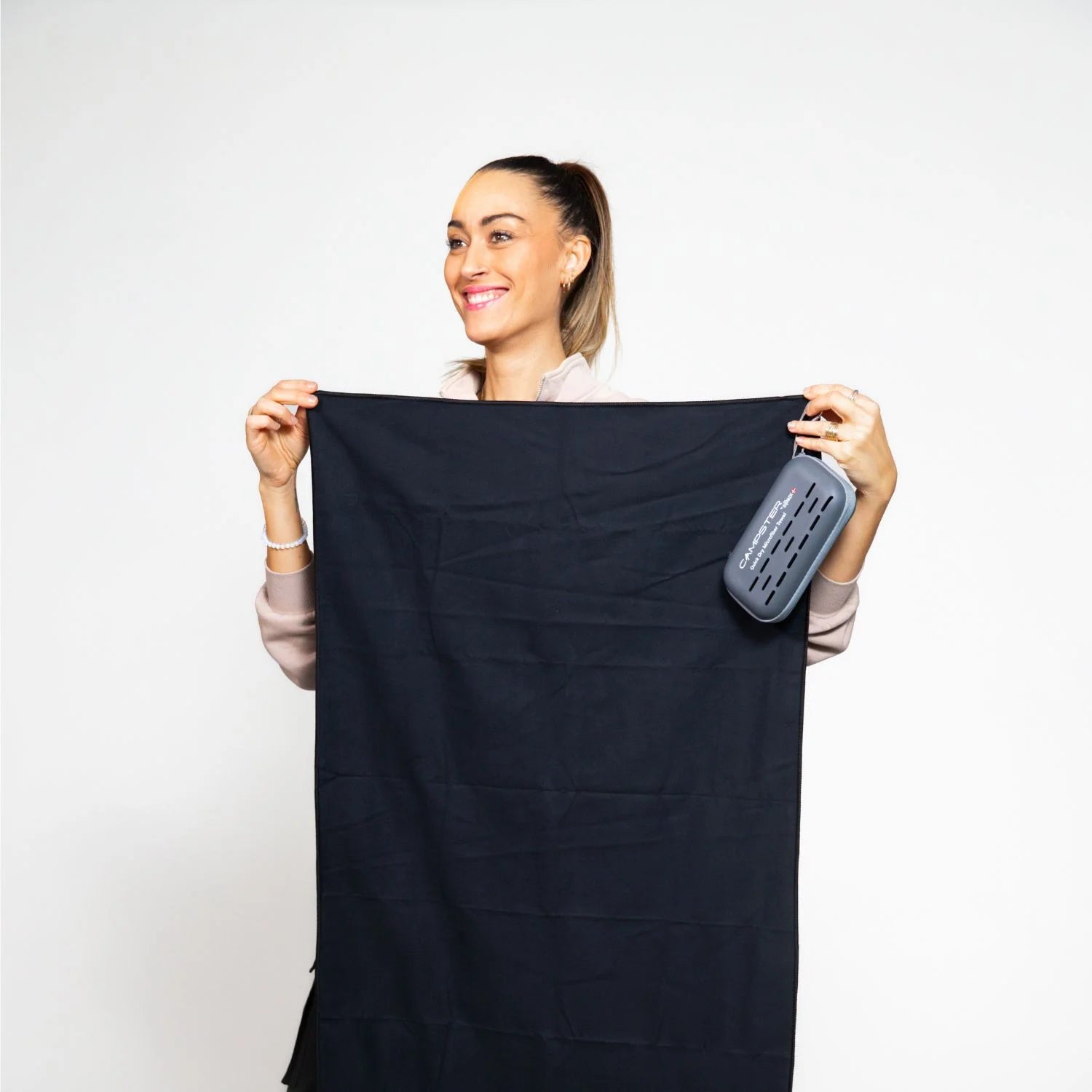Portable seating does not always last as long as you hope. Too often, grime, loose bolts, or hidden damage can shorten its life. In fact, skipping regular chair upkeep means you might face a 30 percent higher risk of early wear or breakage. For anyone who relies on portable seats for outdoor events or everyday comfort, knowing the right steps for cleaning and inspection can make a big difference. Learn straightforward ways to keep your chair safe, clean, and ready whenever you need it.
Table of Contents
- Step 1: Gather Supplies For Cleaning And Maintenance
- Step 2: Clean All Surfaces And Components Thoroughly
- Step 3: Inspect For Damage Or Wear After Each Use
- Step 4: Apply Protective Treatments To Enhance Durability
- Step 5: Test Stability And Comfort Before Next Outing
Quick Summary
| Key Point | Explanation |
|---|---|
| 1. Gather essential cleaning supplies | Collect microfiber cloths, mild soap, and water to prepare for efficient cleaning and maintenance of portable seating. |
| 2. Clean surfaces with care | Use a mild detergent on surfaces, focusing on high-contact areas like armrests and seat surfaces to prevent wear. |
| 3. Inspect for damage regularly | After each cleaning, check for structural issues and wear, identifying problems early to prevent costly repairs. |
| 4. Apply protective treatments | Utilize fabric protectors and conditioners for materials to enhance durability and shield against moisture and stains. |
| 5. Test stability before use | Ensure the chair’s stability and comfort by checking functionality with weight and movement tests before outings. |
![]() |
|
Step 1: Gather supplies for cleaning and maintenance
Preparing the right cleaning supplies makes maintaining your portable seating a breeze. This step involves collecting all the necessary tools and materials to keep your chair in top condition and extend its lifespan.
According to CDC, effective cleaning requires strategic preparation. Start by gathering some key supplies: soft microfiber cloths for wiping surfaces, mild soap or specialized cleaning solution appropriate for your chair’s material, clean water, a small bucket or spray bottle, and soft bristle brushes for detailed cleaning. From the recommendations by Aurosiksha, consider adding a dust pan and soft duster to help manage dirt and debris before deep cleaning.
Pro tip: Always check your chair’s manufacturer instructions before using any cleaning agents. Some materials require specific care, and using the wrong cleaning solution could damage the fabric or structural integrity. Organize your cleaning supplies in a portable container so everything is easily accessible when maintenance time arrives. This approach prevents interruptions and helps you clean efficiently and thoroughly.
Step 2: Clean all surfaces and components thoroughly
Now that you have your cleaning supplies ready, it is time to dive into thoroughly cleaning your portable seating. This crucial step will help remove dirt, prevent wear, and maintain the overall quality of your chair.
According to ACA Camps, the key is using a mild detergent solution applied with a clean damp rag. Start by gently wiping down all surfaces systematically. As recommended by Centerpost, focus on spot cleaning upholstery with a mild detergent and water mixture. Pay special attention to areas that experience frequent contact like armrests, seat surfaces, and fold points. Use soft bristle brushes for textured areas and hard to reach corners.
Warning: Always test your cleaning solution on a small hidden area first to ensure it does not discolor or damage the material. Work in small sections and immediately dry each area with a clean microfiber cloth to prevent moisture buildup. Once you have cleaned all surfaces thoroughly, you will be ready to move on to the final maintenance steps. Your portable seating will look refreshed and be protected against potential long term damage.
Step 3: Inspect for damage or wear after each use
After cleaning your portable seating, the next critical step is conducting a thorough damage inspection. This proactive approach helps catch potential issues early and prevents minor problems from becoming expensive repairs.
According to Help My Mobility, regular inspections are crucial for maintaining equipment safety and functionality. Start by carefully examining all structural components including frame joints, fabric tension, and connection points. Centerpost recommends paying special attention to moving parts and mechanical elements. Look for signs of stress like small tears in fabric, loose screws, wobbling sections, or unusual wear patterns on hinges and folding mechanisms.
Pro tip: Create a quick visual checklist you can follow each time. Check for discoloration, fraying fabric edges, rust on metal components, and test all moving parts to ensure smooth operation. If you discover any significant damage, address it immediately or consult a professional repair service.
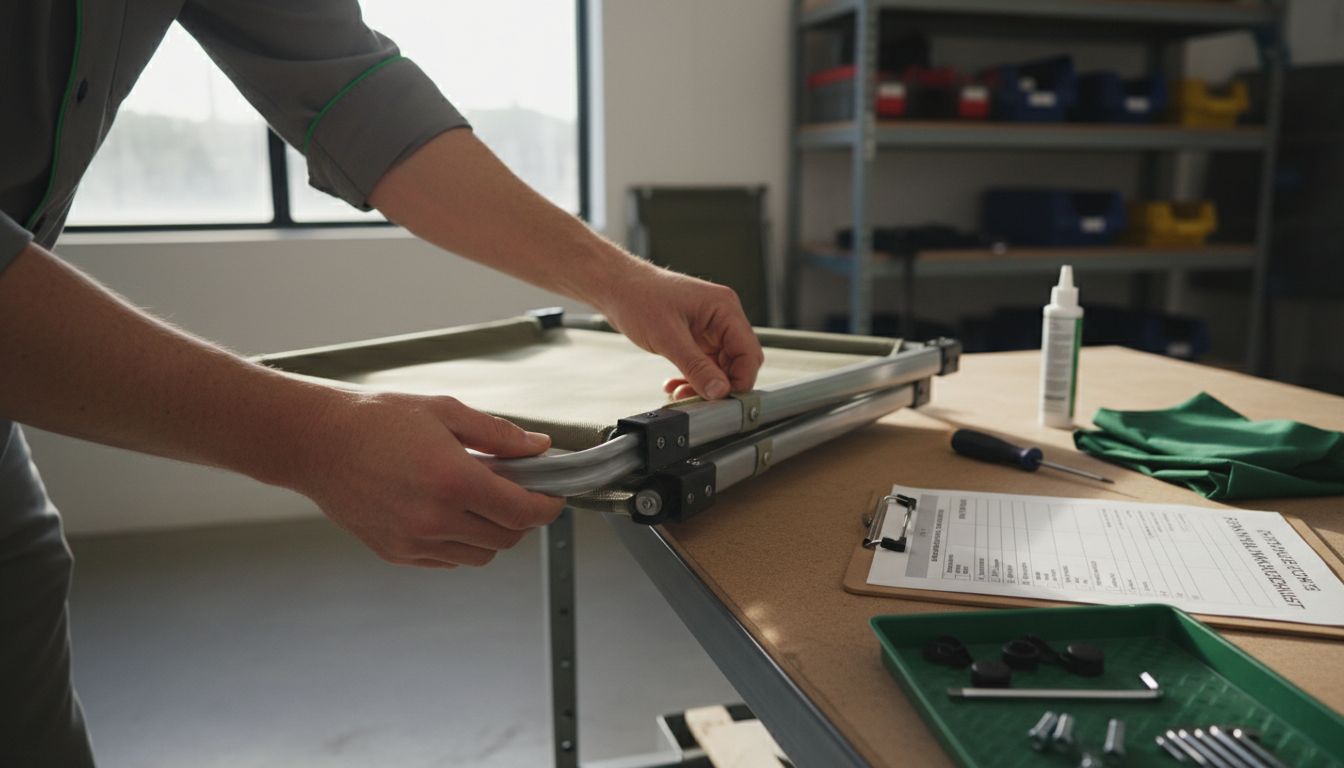 Catching and fixing minor issues now can save you from potential equipment failure during your next outdoor adventure.
Catching and fixing minor issues now can save you from potential equipment failure during your next outdoor adventure.
Step 4: Apply protective treatments to enhance durability
After thoroughly cleaning and inspecting your portable seating, the final maintenance step is applying protective treatments to extend its lifespan. This crucial process helps shield your chair from environmental damage and keeps it looking great through countless adventures.
According to ACA Camps, protecting your equipment involves strategic care. For most portable seating materials, apply a specialized fabric protector spray that creates an invisible barrier against moisture and stains. Centerpost recommends using material specific conditioners for leather surfaces every few months to prevent cracking and maintain suppleness.
Warning: Always test any protective treatment on a small hidden area first to ensure it does not alter the color or texture of your portable seating. Apply treatments in a well ventilated area and allow complete drying time before folding or storing your chair. With these protective measures, you are ensuring your portable seating remains in top condition for many outdoor experiences to come.
Step 5: Test stability and comfort before next outing
Before heading out on your next adventure, performing a comprehensive stability and comfort check is crucial to ensure a safe and enjoyable experience. This final verification step will give you confidence in your portable seating equipment.
According to Help My Mobility, it is essential to test all components for correct functionality and safety. Begin by setting the chair on a flat surface and gently applying weight to different areas to check for any wobbling or structural weakness. Centerpost recommends testing all mechanical functions such as folding mechanisms, adjustable components, and load bearing capabilities.
Pro tip: Simulate real world conditions during your test. Sit in the chair as you would during an actual outing and move around to assess comfort and stability. Check that all attachment points remain secure and that the chair maintains its shape under your weight. By taking these extra moments to verify your portable seating is ready for action, you will prevent potential discomfort or safety issues during your outdoor activities.
Keep Your Portable Seating Durable and Ready for Every Adventure
Owning portable seating means facing challenges like cleaning carefully, spotting wear early, and protecting your chair from damage. If you want lightweight, durable solutions that save you time on maintenance and offer lasting comfort, the right chair choice matters. The insights from the article highlight the importance of proper care but also reveal how some chairs demand constant upkeep to stay reliable.

Discover portable seating designed for simplicity and endurance at Sitpack. With innovative models like the Campster II and Sitpack Zen, you get foldable seats crafted from tough, eco-friendly materials that stand up to the elements and everyday use. Enjoy features that minimize cleaning hassles and maximize comfort so you can spend less time worrying and more time exploring. Visit Sitpack now for fast worldwide delivery and a 45-day satisfaction guarantee. Make your next outdoor trip easier with seating built to last.
Frequently Asked Questions
How can I properly clean my portable seating?
To clean your portable seating, gather supplies like microfiber cloths, mild soap, and brushes. Start by wiping down surfaces with a damp rag and a mild detergent mixture to remove dirt and stains, focusing on areas that experience frequent contact.
What should I look for when inspecting my portable seating for damage?
When inspecting for damage, check structural components, fabric tension, and moving parts. Look for signs like tears, loose screws, or unusual wear patterns; addressing these issues early can prevent costly repairs in the future.
How often should I apply protective treatments to my portable seating?
Apply protective treatments every few months to keep your portable seating in top condition. For fabric seats, consider using a specialized fabric protector; for leather surfaces, apply a conditioner to maintain their suppleness and prevent cracking.
What steps should I take to ensure comfort and stability before using my portable seating?
Before using your portable seating, place it on a flat surface and check for wobbling by applying weight to different areas. Test all mechanical functions and sit in the chair to ensure it remains comfortable and stable, making adjustments as necessary.
What cleaning supplies are essential for maintaining portable seating?
Essential cleaning supplies include soft microfiber cloths, mild soap or an appropriate cleaning solution, a small bucket or spray bottle, and soft bristle brushes. Organize these materials in a portable container to make the cleaning process efficient and hassle-free.
Why is it important to follow the manufacturer’s cleaning instructions for my portable seating?
It is crucial to follow the manufacturer’s instructions because different materials have specific care requirements. Using inappropriate cleaning agents can damage the fabric or structural integrity, potentially shortening the lifespan of your portable seating.
Recommended
- Babywearing in Summer: Cool Comfort Tips for Hot Weather | Caregiver Carry
